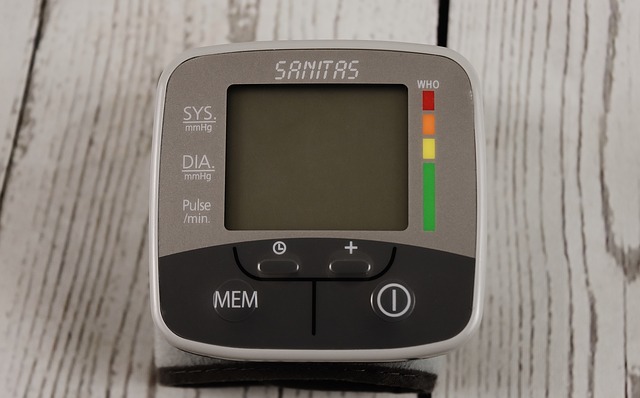Have you wondered how your home blood pressure monitor works?
Hypertension, also known as high blood pressure, is a long-term condition that can increase the risk of other complications, including heart attacks and strokes.
Doctors recommend that hypertensive patients take the appropriate precautions necessary to ensure that they manage their blood pressure within the recommended range.
This can be achieved by taking pharmacological drugs, eating a healthy and balanced diet, and/or exercising regularly.
It is also recommended that patients use home blood pressure monitors to regularly record and track their blood pressure. This can help doctors and patients determine whether their management strategies are effective or need to be modified.
How home blood pressure monitors work
In simple terms, blood pressure is a measure of the force that blood applies to the blood vessel walls as it flows through the body.
If this force is too high, for too long, it can put a significant amount of strain on the arteries and heart. So how do home blood pressure monitors work?
In short, they detect the vibrations caused by the action of blood flowing through the arteries over the course of a heartbeat.
These vibrations are assessed when the heart is at maximal contraction and at maximal relaxation to give a measurement of systolic and diastolic blood pressure, respectively.
More specifically, blood pressure monitors involve using a cuff that is inflated over the upper arm to a pressure greater than the maximal blood pressure in the brachial artery, a major blood vessel located in the upper arm.
This stops blood from flowing through the artery.
Next, the cuff is deflated, and its pressure begins to fall.
As the cuff’s pressure falls below the systolic pressure, blood begins to flow through the brachial artery, which creates a vibration on the vessel wall.
This vibration is detected through the air in the cuff and then converted into electrical signals via a transducer.
As the cuff deflates further and falls below the diastolic pressure, the blood begins to flow smoothly through the artery without any vibrations.
Things to consider when measuring blood pressure at home
There are several additional things to consider in order to take accurate blood pressure measurements at home.
For starters, it is important to remain as still as possible and to sit correctly with your back straight and supported. Your arms should rest on a flat surface with the upper arm at the heart level.
You might also want to consider taking blood pressure measurements at the same time every day since there can be small differences in your blood pressure over the course of a day.
Additionally, taking multiple readings can give more accurate blood pressure readings.
Finally, it is important not to place the cuff over your clothes, but directly on your arm, since minor disturbances can result in inaccurate results.
Accurate and reliable measurements are crucial for ensuring that blood pressure is being managed appropriately and that they are not at increased risk of other life-threatening complications.
Recent research has found that self-monitoring of blood pressure is an effective way to improve blood pressure management. Find out more about the top 5 home blood pressure monitors on the market.
Written by Haisam Shah
Relevant topics that may be of interest to you:
- Blood pressure self-monitoring encourages exercise in hypertensive patients
- How Does Blood Pressure Monitoring by Individuals Help Hypertension Control?
- Can a natural substance from spirulina lower high blood pressure?
- Regular use of sleeping pills may increase the use of blood pressure medication
- Can a plant-based diet affect blood pressure?
- What Should Your Blood Pressure Target Be?
References:
- Berger A. (2001). Oscillatory Blood Pressure Monitoring Devices. BMJ: British Medical Journal, 323(7318), 919.
- American Heart Association.
Image by Alexas_Fotos from Pixabay



